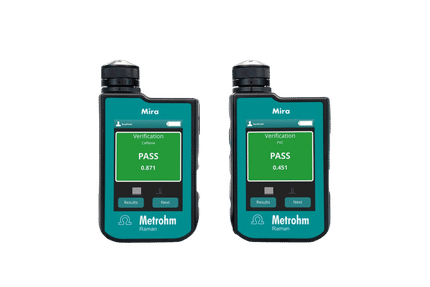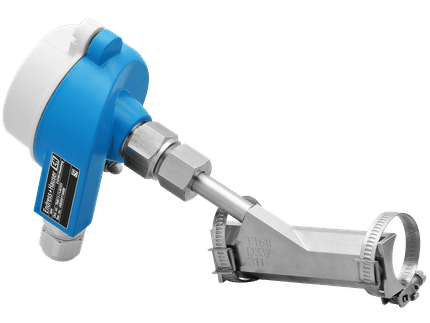To use all functions of this page, please activate cookies in your browser.
my.chemeurope.com
With an accout for my.chemeurope.com you can always see everything at a glance – and you can configure your own website and individual newsletter.
- My watch list
- My saved searches
- My saved topics
- My newsletter
Prandtl-Meyer function
Product highlightPrandtl-Meyer function describes the angle through which a flow can turn isentropically for the given initial and final Mach number. It is the maximum angle through which a sonic (M = 1) flow can be turned around a convex corner. For an ideal gas, it is expressed as follows, where, By convention, the constant of integration is selected such that As Mach number varies from 1 to
where, θ is the absolute value of the angle through which the flow turns, M is the flow Mach number and the suffixes "1" and "2" denote the initial and final conditions respectively. See alsoReferences
|
||||
| This article is licensed under the GNU Free Documentation License. It uses material from the Wikipedia article "Prandtl-Meyer_function". A list of authors is available in Wikipedia. |






 is the Prandtl-Meyer function,
is the Prandtl-Meyer function, 
 ,
,  , where
, where





